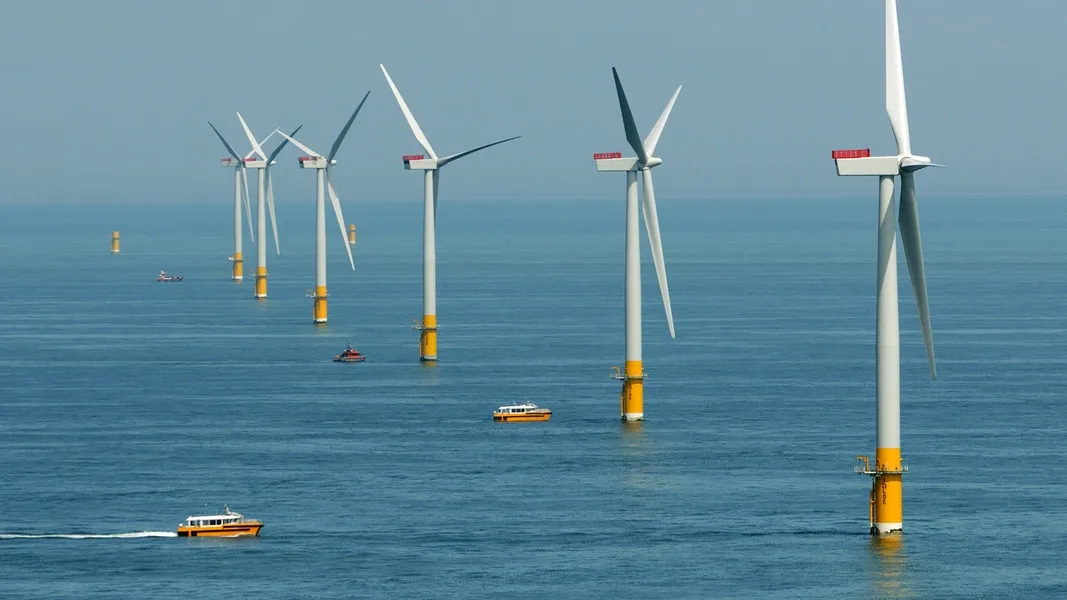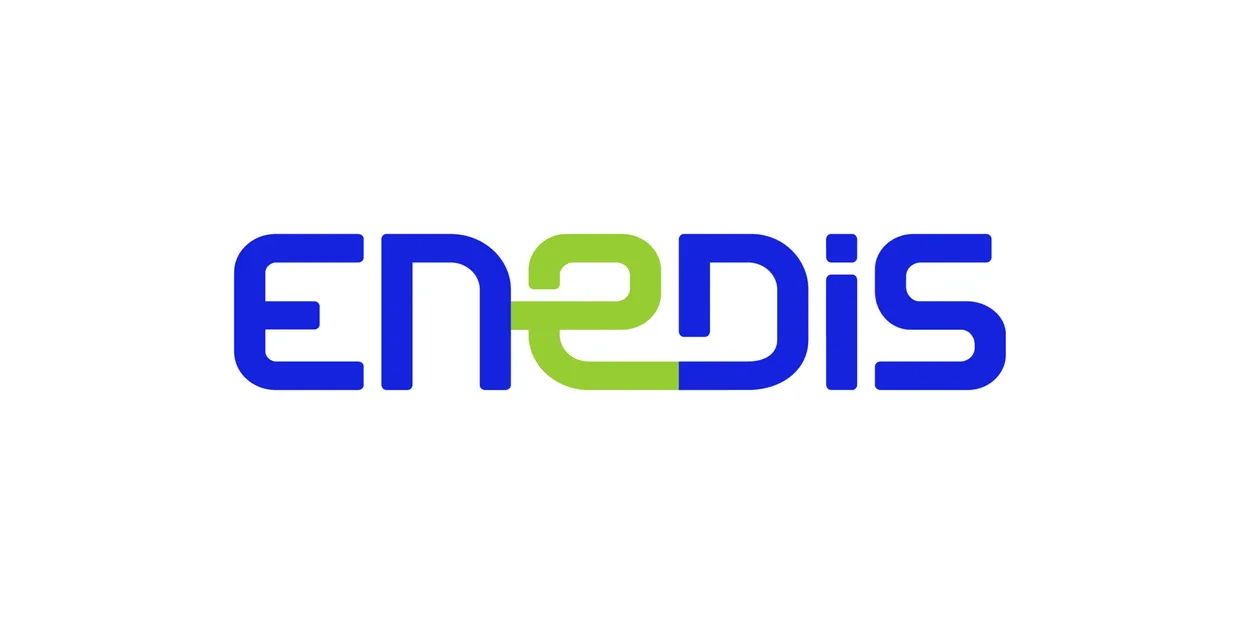Own enterprise complexity
Join the organizations committed to change
Enterprise climate solutions
Easily manage large, decentralized datasets
Take control of data management with Sweep to improve the granularity of insights and embed sustainability into the wider business.
Own complex, intricate supply chains
Gain a clearer picture of your Scope 3 emissions through the Sweep platform to plan and implement consistent climate goals across your value chain.
Meet increasing disclosure requirements
Sweep helps you stay on top of ever-changing regulations; upload data once for repeated use across all disclosure requirements.
Climate data made simple
Sweep helps the world’s largest enterprises effectively manage and take action
on their climate data – all while staying compliant with changing regulations.
A simple approach
Track
Measure and analyze massive datasets from across your organization and its value chain.
- Streamline sustainability data collection
- Map data across your value chain
- Spend more time taking positive action
A simple approach
Disclose
Meet the latest ESG reporting requirements in dynamic business environments.
- Monitor and report against sustainability data
- Gain complete control of sustainability data
- Consolidate all extra-financial data in one place
A simple approach
Act
Go beyond disclosure and take data-driven action on your sustainability goals.
- Move beyond disclosure
- Implement a data-driven sustainability journey
- Celebrate success with customers, suppliers and stakeholders
Success stories
Customer spotlight

Industry-tailored solutions
Stronger together
Partnering with industry leaders to build the best solution

Ready to try?
Book a demo today.




